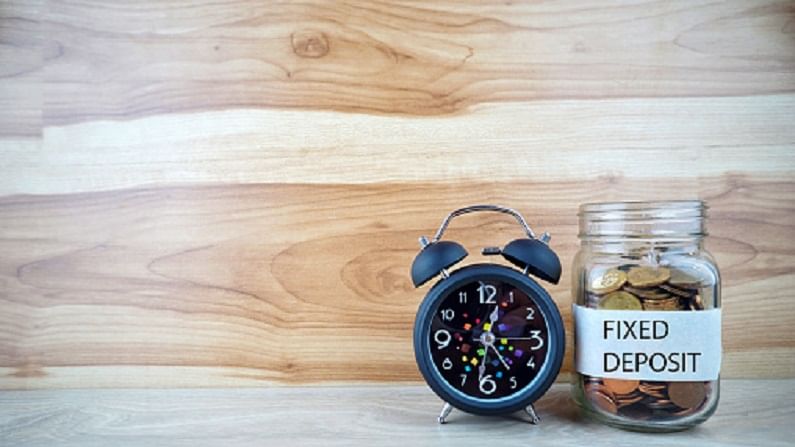FD investors stare at negative return as inflation inches up
Once a safe investment haven, fixed deposits currently lead to a wealth erosion. As per a rough estimate, around Rs 1 lakh crore is being eroded as FDs attract lower rates than the inflation in the country

As inflation threatens to flare up and the central bank keeps a low interest regime to lift bank credit and push economic growth, investors of fixed deposits (FD) are a worried lot. Following a year battered by the pandemic, a lot of FD investors have seen their investment turn negative as the interest rates dropped to a two-decade low and the inflation doesn’t show any signs of abating.
After cutting the rate at which banks borrow from the central bank (called repo rate, in banking parlance) continuously for five times, the last being in May 2020, the repo rate continues to remain at 4%. The central bank slashed the rate by 250 basis points or 2.5% in 15 months – between February 2019 and May 2020 — to revive the economic growth and mitigate the impact of Covid-19.
Deposit rates have dropped
Banks have subsequently reduced the deposit rates, along with the interest rates on FDs, a fixed-income instrument that many people continue to depend on for a regular income.
For instance, the State Bank of India (SBI) offers the highest rate of 5.40% for a FD of 5-10 years. The FD interest rate for senior citizens, on the other hand, ranges between 3.40% (up to 45 days) and 6.20% (for 5-10 years).
FD is definitely not an investment option for people paying 30% tax. Post tax, the return will go below 4% even if you opt for a tenor of 5-10 years. When the inflation is above 5%, it is straight away a negative return, with the real return running up to -1.6% per annum.
It is not a rosy picture even for those who have invested in FDs a few years ago. As the inflation inches up, most of them stare at a real negative return.
FDs lead to wealth erosion
Investment analysts believe that investments in FDs lead to a huge wealth erosion in the country. As per a back-of-the-envelope calculation, at least Rs 1 lakh crore is being eroded annually on a Rs 133 lakh crore fixed deposits. As per the RBI data, fixed deposits rose by Rs 13 lakh crore to Rs 133 lakh crore during the last financial year. A report by Care Ratings said the increase in deposit growth during last fiscal was probably supported by outflows in the equity mutual funds.
“We have negative real rates in the country. However, a majority of FD depositors, mostly senior citizens, do not pay any tax. Hope the RBI will soon tame inflation and bring it below its comfortable level of 4%,” said a Mumbai-based investment advisor.
10% TDS levied
As per the I-T law, 10% TDS is applicable on FD interest and banks deduct it in case the amount to be paid or already paid is more than Rs 10,000. The limit stands at Rs 10,000 per bank branch, per individual. If the depositor is liable to pay tax, he/she can’t evade paying the remaining tax while filing the I-T returns since the bank accounts are linked to their Permanent Account Number (PAN). Of course, if you can submit the Form 15, if eligible, to escape the TDS payment.